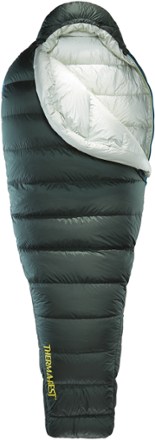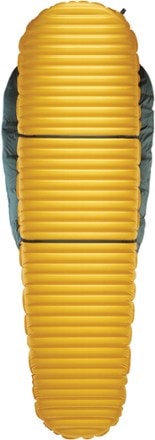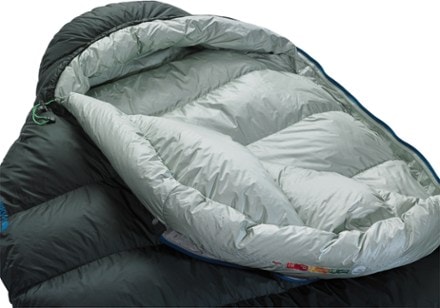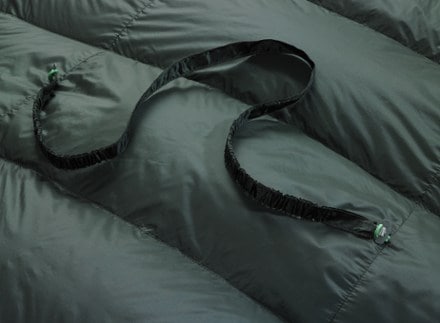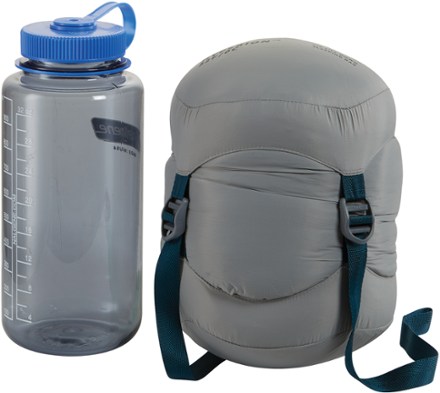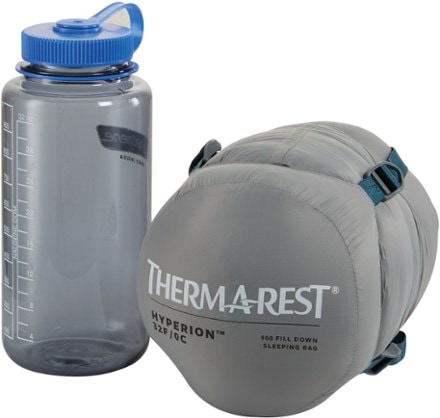Skip to search results
loaded 1 results
Therm-a-Rest Hyperion
(1 product)Products (1)
Filter
- Sleeping Gear (1)
- Hyperion (1)
- NeoAir NXT (4)
- Water-Resistant Down (1)
- Ultralight (1)
- Backpacking (1)
- Green (1)
- Greater than 850 (1)
- Down (1)
- 3-season (1)
- Long (1)
- Mummy (1)
- 20 to 39 degrees (1)
- 1 to 1.49 (1)
- Left (1)
Sort: Best Match
View:
- Therm-a-RestHyperion 32 Down Sleeping Bag$519.95(24)24 reviews with an average rating of 4.3 out of 5 stars
Sort: Best Match
Related Expert Advice articles
Explore you the comfiest top-rated self-inflating sleeping pads from Exped, NEMO, Big Agnes, and others, plus one hybrid sleep system and portable cots.
Read full article: The Best Sleeping Pads for Camping: Tested
Our five favorite sleeping pads for around $100 include options for backpacking and car camping, plus a variety of pad types and warmth ratings.
Read full article: The Best Budget Sleeping Pads of 2024: Tested
Discover the best sleeping pads available for backpackers seeking longer lengths and more spacious widths.
Read full article: The 5 Best Wide Sleeping Pads of 2025: Tested
Where will you use the pad?
Decide how you’ll use the pad. Weight and packability will matter more if you're backpacking than if you're car camping. If you're winter camping, pick an insulated pad with warmth (or a high R-value).
What are the different types of sleeping pads?
- Air pads. Pros: Comfortable, lightweight and packable. Cons: Generally more expensive. Can be punctured or ripped.
- Self-inflating pads. A combo of open-cell foam and air. Pros: Often quite warm. Made in a variety of thicknesses and styles. Cons: Heavier than a simple foam pad.
- Closed-cell foam pads. Pros: Cheapest option. Almost indestructible. Cons: Not super comfortable.
Decide on the warmth (R-value) you need
- Sleeping pads are rated by R-value; a higher number means more insulation.
- Match your choice to the season and weather.
- Pads with an R-value less than 2.0 are suitable for warm weather whereas those with an R-value 5.5 and greater are ideal for extreme-cold-weather.
What dimension do you need?
- Pads vary by weight, cushioning, length, width, ease of inflation and more. At a minimum, your shoulders and hips need to fit on a pad.
- Regular (typically 72 inches long) and long (typically 78-inch) pads will insulate your legs and feet.
- A short or 3/4-length pad (usually 47 or 48 inches) weighs less and packs smaller.
Read full article: How to Choose the Best Sleeping Pad for Camping and Backpacking
Learn to sleep soundly in a tent—whether at a campground or in the backcountry—with tips on gear, getting ready for bed and staying warm.
